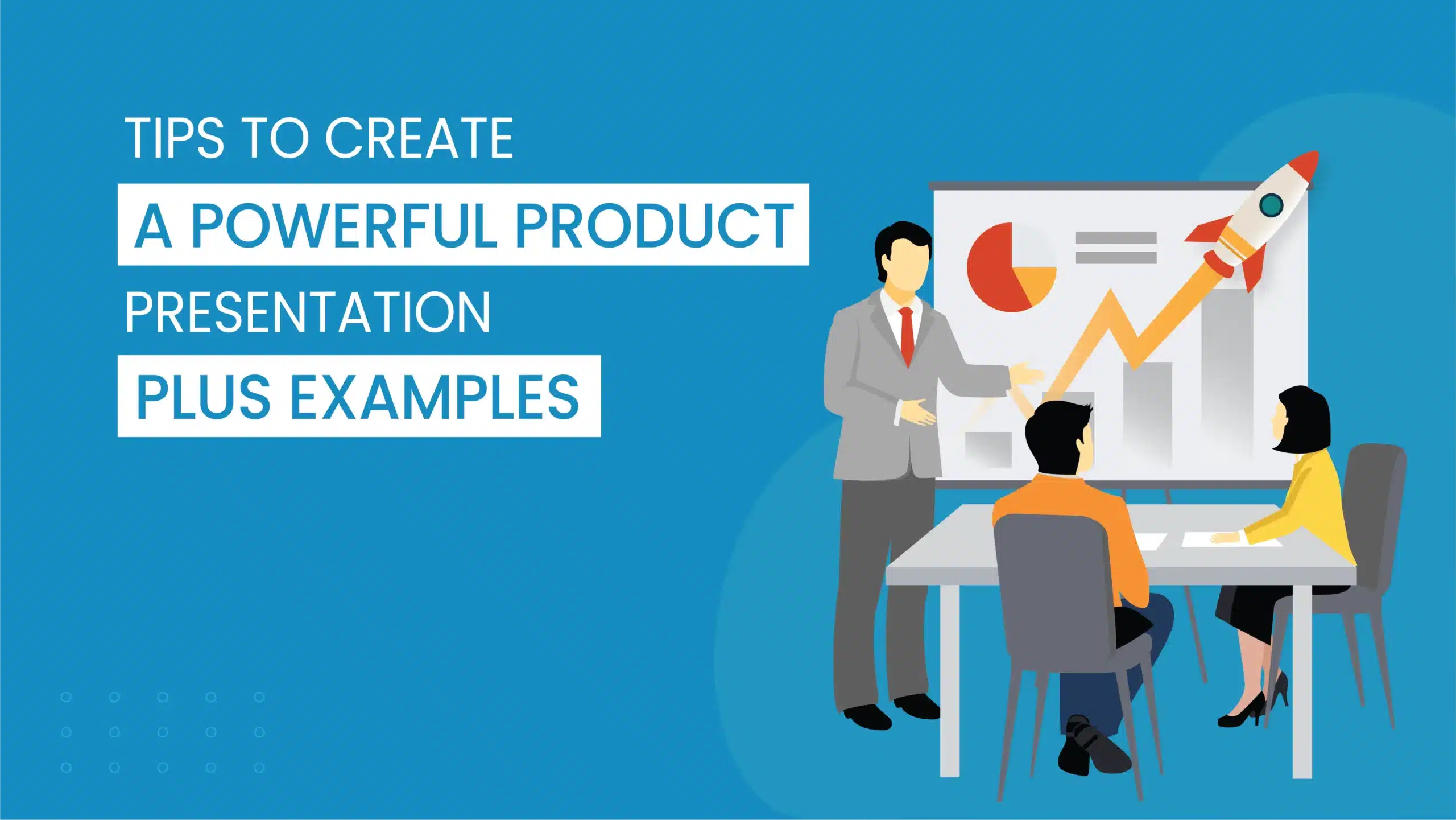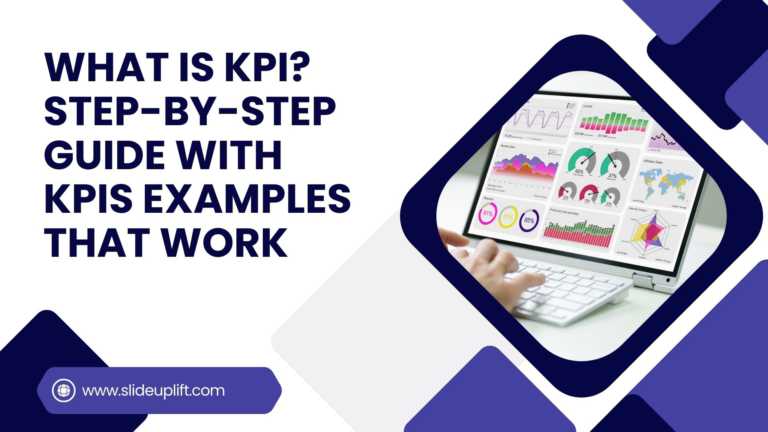Know These Product Management Practices To Thrive As A Product Manager
Product management is suddenly the in-thing today: many companies are starting to believe that taking a product-centric view of their processes, projects, and programs can create long-term benefits. Product Managers are like the captains of a ship, handling all the different aspects that ensure the smooth running of the mother ship. They have to ensure customer satisfaction and timely delivery of products, keeping in mind aspirations, competition, and external trends.
Product management is also a complex exercise, requiring strategic as well as execution rigor. Thankfully several Product Management frameworks can support the work Product Managers do, making each aspect easier to grasp and manage. These frameworks provide different benefits and are must-haves in the repertoire of a successful Product Manager.
Who is a Product Manager?
Martin Eriksson, a leading product management professional, answers the question “What, exactly, is a Product Manager” by stating that generally, product management can be understood as an intersection between the three larger aspects of product handling – functions of business, technology, and user experience. This suggests that “A good product manager must be experienced in at least one, passionate about all three, and conversant with practitioners in all.”
The idea is that a Product Manager wears many hats and is competent at handling multiple facets of the production process. A successful Product manager understands each process well enough to make educated and competent conversations about the same with relevant stakeholders, team members, and clients and proficient enough to analyze and identify areas of correction and optimization correctly.
However, Product Management is not the same as being the UX, Technology, or Business manager of a company. The nuances of being a successful Product Manager include understanding your role within these processes. A good way to understand is to elaborate the scope of each business process and understand where the product comes in. Effectively, this can translate into:
- Execution (for Business)Without having the requisite execution skills, simply planning is a futile task. A good PM must have the drive to execute their vision and manage their team to perform their roles perfectly. This includes setting up product management metrics, product planning, and managing upgrades, fixes, optimizations, and changes.
- Organization (for Technology)A key component of handling the tech side of production is keeping things organized, as most technology-based teams are cross-functional. Having good organizational skills translates into fewer scheduling errors, quicker delivery, and deadlines met. This includes preparing production schedules and assessing ideas to include in final product planning.
- Communication (for UX)Understanding the best ways of communicating with your consumers through the UX design is integral for a Product Manager. After all, it is on the PM’s understanding and research that the UX developers create their product. This includes understanding customer requirements and analyzing market trends.
Frameworks of Product Management
-
Kano Model
The Kano Model is a theory of product development and customer satisfaction developed in the 1980s and still is one of the most effective frameworks in product management. The premise of this framework is that it allows for effective prioritization of tasks and initiatives based on consumer satisfaction, which can be classified into 3 to 5 categories, depending on the product and business model.
Within the Kano model, the 5 categories of consumer preferences and satisfaction are:
- Delighters – Simply put, these are aspects that elicit a positive reaction from a consumer.
- Satisfiers – These elements would cause satisfaction to the consumers, but in the absence of so, they may not have a huge negative impact.
- Basic must-haves – These are features that are the basic or minimum requirements of a product. The absence of these will make the product bad or incomplete. However, the presence of these will not necessarily elicit an overtly positive reaction as these are the expected features of a product.
- Indifferent – The presence or absence of these features will make no difference in the level of satisfaction for a user.
- Reverse – These are high-achievement features that actually elicit a negative or dissatisfied response from consumers. These make the product either too difficult, gaudy, or generally allows for a more confusing and negative experience for a client.
PMs need to understand how to analyze the different customer satisfaction categories, using the Kano Model analysis, to understand how to prioritize tasks and initiatives to be taken within the production phase.
You can find expertly created templates for Kano Model. To summarize, The Kano Model prevents Product Managers from wasting time on those product features that will not please customers or leave them indifferent. -
Product Prioritization Model
Prioritization in Product Management analyzes the relative usefulness of work processes to optimize the process by removing wasteful and irrelevant practices and delivering customer value in the shortest period possible, keeping in mind the various constraints and issues associated with the whole process.
Having a good prioritization model can help you answer some fundamental questions about the product management process, such as:
- Is the required value being delivered to the customer?
- Are the broader business objectives being met through this work?
- Is this the product having the highest business value?
- Is this product viable for the market?
There are multiple prioritization frameworks that Product Managers need to be familiar with. A few are value and complexity prioritization matrix, value and effort prioritization matrix, value and risk prioritization matrix. SlideUpLift has curated the best prioritization frameworks that managers can use to manage their processes by preparing creative and expertly built templates and presentations ready to use for any enterprising product manager.
In essence, when multiple factors can influence decision-making, the prioritization matrix helps breaks down the complex issues objectively and prioritize without any emotional baggage. You can browse through our entire collection of Prioritization Templates. -
Product Roadmaps
A Product Roadmap is a strategic document that outlines the vision, direction, and progress of a product over time. The primary purpose of a product roadmap is to tie a product’s vision with a company’s business objectives.
Product road mapping is an agile and continuous process throughout the product’s lifecycle to address the evolving needs of the business and market. You can learn more about Product Roadmaps here, where we delve deeper into the process of creating and using effective product roadmaps.
Essentially, a good product roadmap comprises of the following components:
- Product Vision
- Goals
- Initiatives
- Time
- Releases
- Status
A Product Roadmap should be a collective working document that keeps the entire team on track by providing a clear guide for the working process. As a product manager, you need to create a roadmap that aligns with stakeholder and customer expectations and modify your approach each time you receive feedback or customer guidance.
In short, Product Roadmaps help visually communicates how you see the product develop over the coming months and facilitate stakeholder collaboration. Find visually engaging and ready-to-use product roadmap templates to create a product roadmap.
-
Working Backwards – Know Your Customer
Knowing Your Customers is a key responsibility of a Product Manager. One of the most intuitive yet effective frameworks for automating and optimizing this process comes from a Product Manager at Amazon. This model is called the ‘Working Backwards Model.’
The idea behind this product management framework is that the product planning process should start with the customer rather than ending with it. It can be categorized into the following steps:
- The product manager collects and sorts through information provided by the customers regarding their needs and demands. This is possibly the most important step in the process, and the research needs to be precise and extensive, all at once.
- The redundant data needs to be filtered out. This isolates the core issue of the general consumer demands and issues. This provides a clear roadmap to end product development for the entire team.
- Next, clarify the distinction between MVP vs PoC and plan the product accordingly.
- The final step is to understand that no product is flawless. The product can be refined and optimized with customer feedback and should remain, for all purposes, a work-in-progress for the team.
This product management method eliminates the disparity that sometimes crops up when between the end product and actual market demands. It is a model that reduces the chances of failure and sets you up for success from the get-go.
Check out our library of customer profile templates to showcase your ideal customer.
Conclusion
Product Management is not an exact science. It is a process of learning, developing, and managing multiple aspects of the production process and creating the right strategy to execute each process smoothly. It is also responsible for arguably the most important part of any business – being customer-centric.























